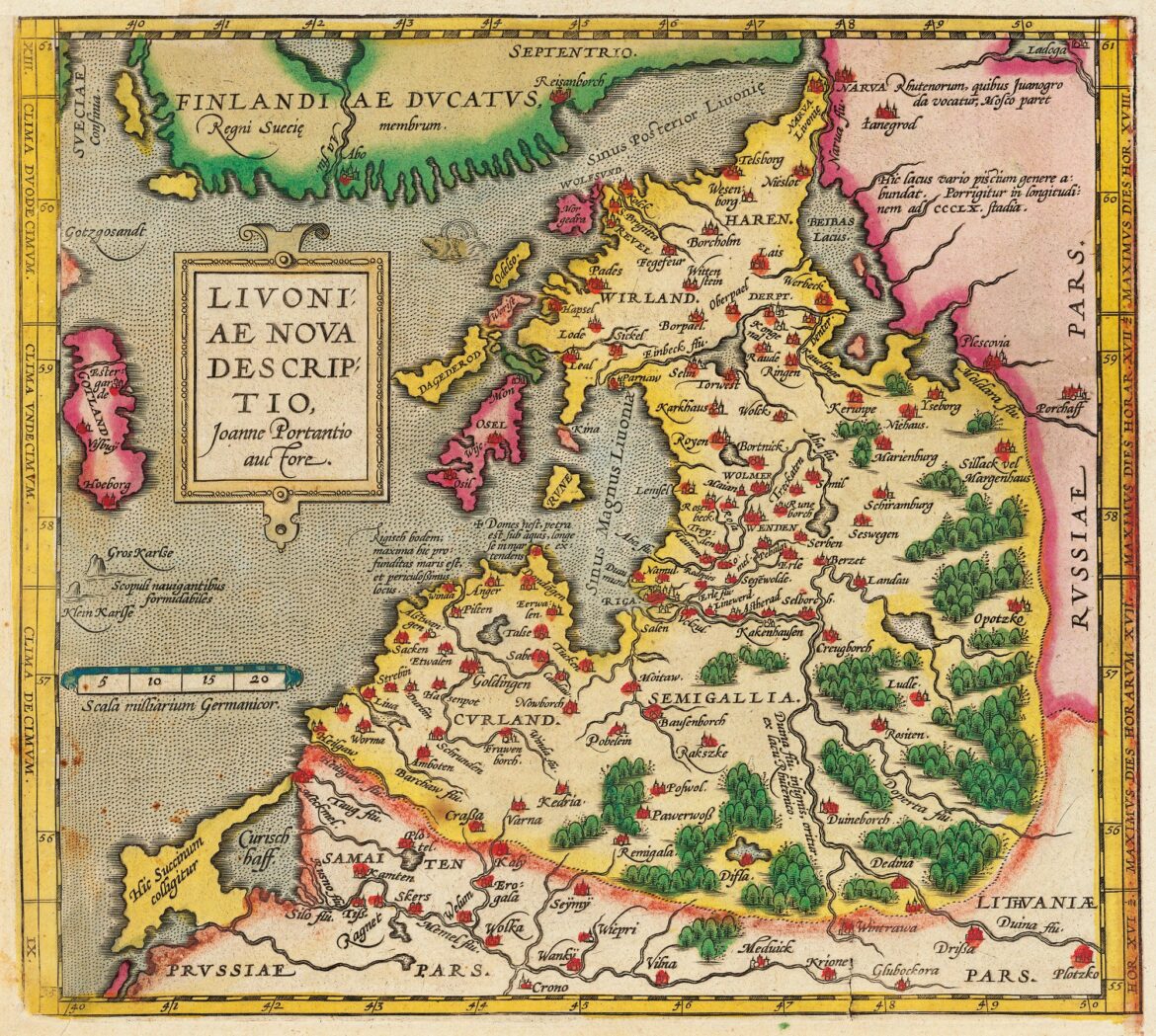After the fall of the German Order, the lands of Livonia (today’s Latvia and Estonia) became part of the Polish-Lithuanian Commonwealth (1561), then were mostly seized by Sweden and then Russia. However, this did not apply to its southern part as Courland and Semigallia remained a Polish fiefdom until the partition of the Polish-Lithuanian Commonwealth at the end of the 18th century. Polish culture was strongly influential among the German nobility settled in Livonia in that period.
Many representatives of the Livonian elite chose to serve in the Commonwealth, often moving from Livonia to the Grand Duchy of Lithuania or the Kingdom of Poland. This included family names such as Altenbockum, Berk, Borch, Denhoff, Hylzen, Mohl, Plater, Römer, Rykow, Tyzenhauz, Wolff von Lüdinghausen or Zyberk. In the seventeenth century, members of these families often served in military units of the Polish-Lithuanian Commonwealth of foreign origin.
Already in the 17th century, some of the Livonians managed to rise to the ranks of the political and property elite of the Polish-Lithuanian state. They approached the Polish nobility, and this was often the motive for changing their religion from Lutheran to Roman Catholic. Assimilation accelerated the careers of families such as the Plater, Borch, Hylzen or Zyberk families, whose members assumed increasingly higher state offices and entered into colligations with the leading families of the Commonwealth. It is worth mentioning Antony Tyzenhauz (d. 1785), who, as Court Treasurer of Lithuania, became one of the most influential politicians of the Grand Duchy of Lithuania.
Many Livonians adopted the Polish form of their surnames, Polish became the language of their private correspondence, and Sarmatian dress manifested a commitment to Polish tradition. The Livonian nobility also marked its position in the cultural domain. The eminent Sejmik (local assembly) speaker Jan August Hylzen (d. 1767), later Voivode of Minsk, published the first history of old Livonia in Polish in Vilnius in 1750. The Borch, Plater and Denhoff families also produced many interesting religious and political writers, as well as authors of scientific works. The noblemen of Livonia attracted renowned architects and painters to their courts, founded numerous palaces and churches, supported education and the development of sciences. Descendants of this nobility played a major role in shaping Polish culture and left their mark in the struggle for the independence of the Polish state, as exemplified by the famous Emilia Plater, who participated in the November Uprising.





